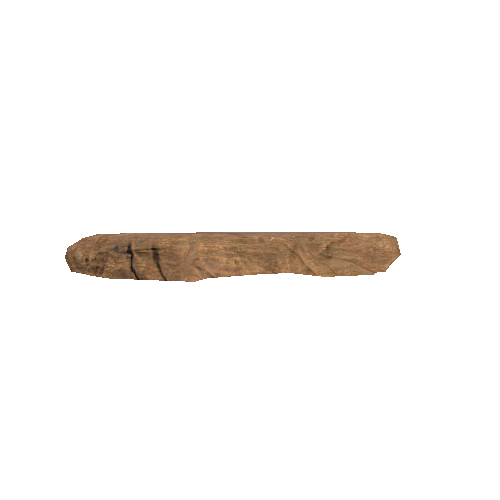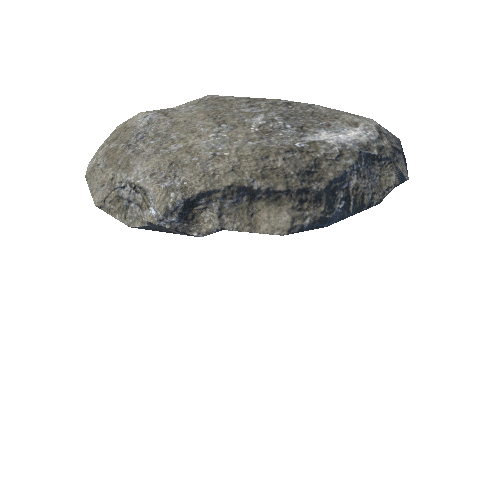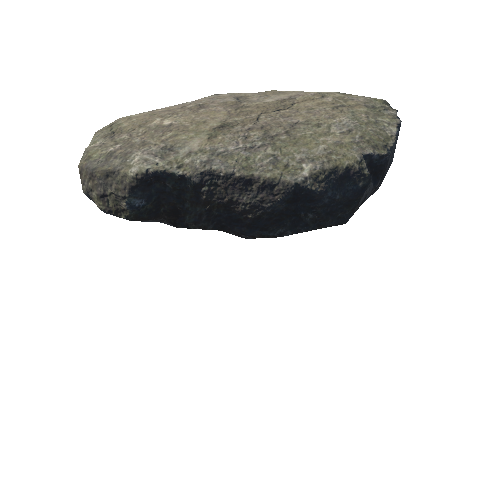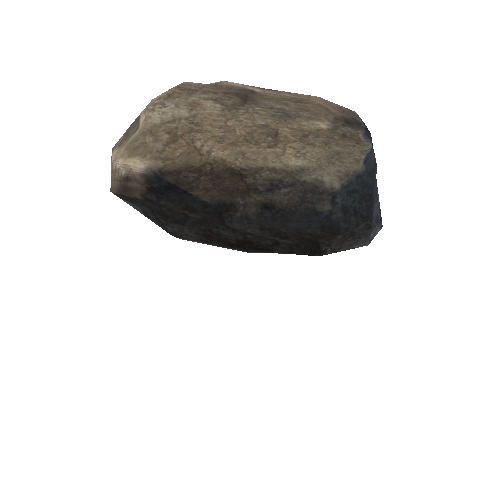Select or drop a image or 3D model here to search.
We support JPG, JPEG, PNG, GIF, WEBP, GLB, OBJ, STL, FBX. More formats will be added in the future.
Asset Overview
Two fragments of rotary quernstone were recovered from the excavations. These dated to the Iron Age and would have formed part of circular quern, part of a process where an upper stone moved against a lower stone to grind the grain to make flour. They were associated with several large pits used for the storage of grain or other crops, of which comparative examples have been found to be located on the periphery of settlements.







